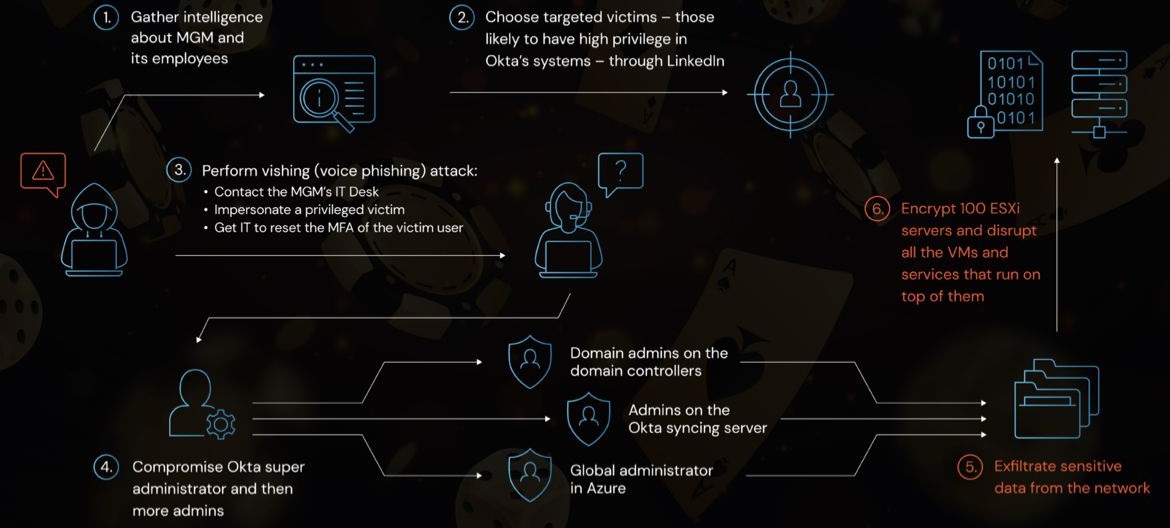
In today's digital age, online security is of paramount importance. One prevalent threat that internet users face is phishing attacks. Phishing attacks are deceptive techniques employed by cybercriminals to trick individuals into revealing sensitive information such as usernames, passwords, and financial details.
However, by understanding the nature of these attacks and implementing proactive measures, you can significantly reduce your vulnerability. In this comprehensive guide, we will explore various strategies and practical tips to protect yourself from phishing attacks, empowering you to navigate the online world safely and confidently.
Understanding Phishing Attacks
Phishing attacks typically involve fraudulent emails, text messages, or websites that mimic legitimate entities, such as banks, social media platforms, or e-commerce websites. The attackers use persuasive tactics to lure unsuspecting victims into divulging their personal information or clicking on malicious links that can lead to malware installation. To protect yourself effectively, it is crucial to understand the common characteristics of phishing attacks.
Be vigilant: Phishing attacks often exhibit warning signs such as poor grammar, misspellings, or generic greetings. Legitimate organizations usually employ professional language and personalized greetings in their communications.
Hover before you click: Before clicking on any links, hover your mouse cursor over them to reveal the actual URL. If the displayed URL does not match the official website or looks suspicious, refrain from clicking.
Beware of urgency and requests for personal information: Phishers frequently create a sense of urgency to prompt immediate action. Be skeptical of emails or messages demanding urgent responses or asking for personal information.
Preventive Measures
Strengthen your passwords: Use strong, unique passwords for each online account. Incorporate a combination of letters, numbers, and special characters, and avoid using easily guessable information such as birthdays or names.
Enable two-factor authentication (2FA): Implementing 2FA adds an extra layer of security by requiring a second form of verification, such as a unique code sent to your mobile device, in addition to your password.
Keep software updated: Regularly update your operating system, web browsers, and antivirus software to ensure you have the latest security patches and protection against known vulnerabilities.
Exercise caution with email attachments and downloads: Avoid opening email attachments or downloading files from unknown or suspicious sources, as they may contain malware designed to steal your information.
Verify website security: Look for the padlock icon and "https" in the URL when visiting websites that require sensitive information. These indicate a secure connection, protecting your data from interception.
Educating Yourself and Others
Stay informed: Keep up with the latest phishing techniques and trends by staying informed through reputable sources, such as cybersecurity blogs, news outlets, and official announcements from trusted organizations.
Be wary of public Wi-Fi networks: Public Wi-Fi networks can be easily compromised, making it easier for attackers to intercept your data. Avoid conducting sensitive activities or sharing personal information while connected to public Wi-Fi.
Educate others: Spread awareness among your friends, family, and colleagues about phishing attacks. Share knowledge and tips to help them identify and avoid falling victim to such scams.
Report phishing attempts: If you receive a phishing email or encounter a suspicious website, report it to the appropriate organization, such as the Anti-Phishing Working Group or the Federal Trade Commission. Reporting helps authorities track down and take action against cybercriminals.
Conclusion
Protecting yourself from phishing attacks requires a combination of vigilance, knowledge, and proactive measures. By understanding the characteristics of phishing attacks, adopting preventive measures, and educating yourself and others, you can significantly reduce the risk of falling victim to these malicious schemes.
Remember to stay vigilant, practice good password hygiene, and keep your software updated. With these strategies in place, you can navigate the online landscape with confidence and protect your personal information from falling into the wrong hands. Stay safe, stay secure!

